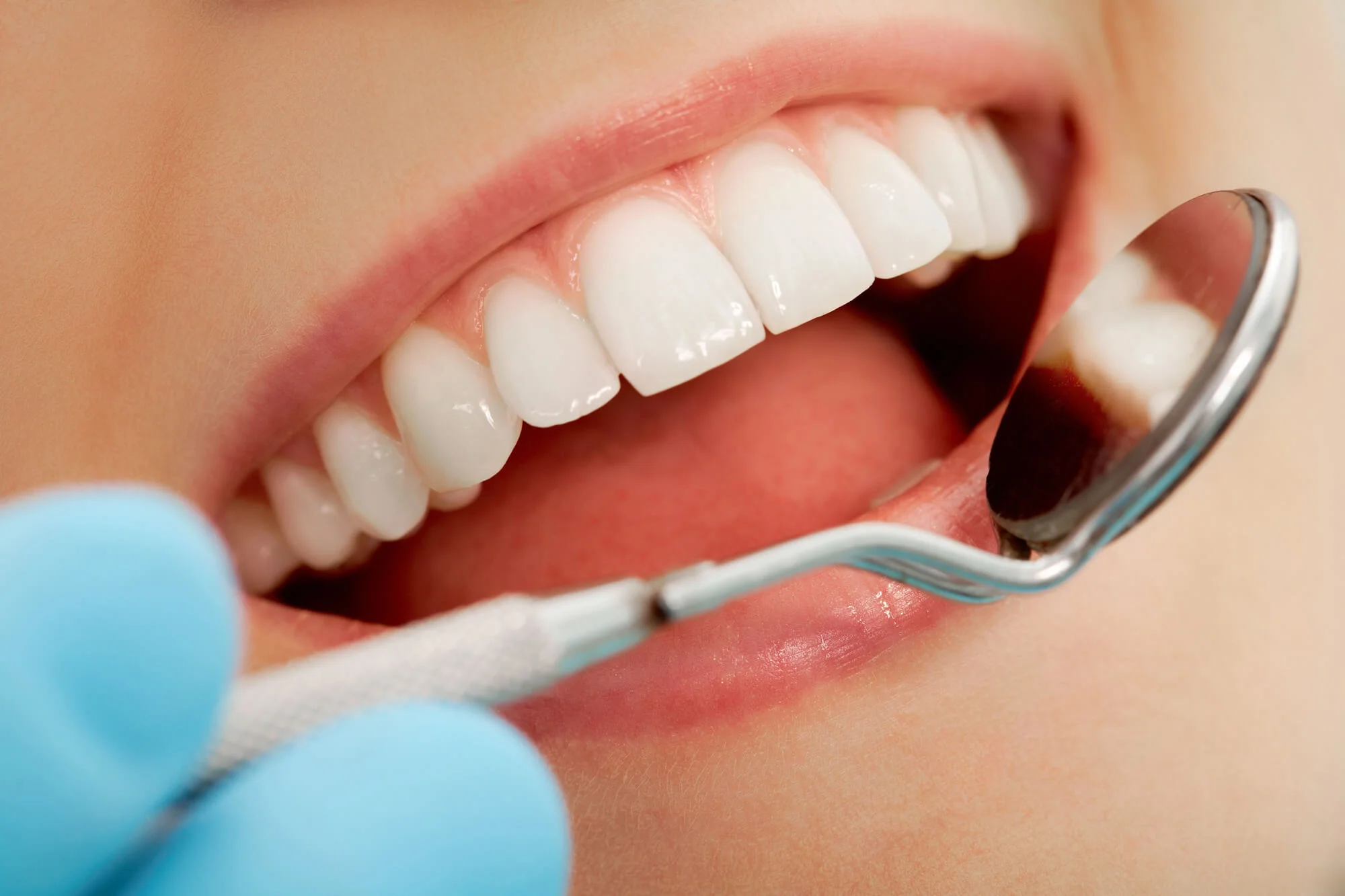
Why Is Every Six Months the Standard for Dental Check-ups?
August 5, 2023
When it comes to dental check-ups, it's widely recognized that the standard interval is every six months, a recommendation supported by every major dental organization, including the American Dental Association (ADA). But why is it that you have to visit your dentist in Montgomery every 6 months and not every four months or once a year? Let's find out the reasons behind this recommendation and explore special cases when timing may vary.

Why Visit the Dentist Every 6 Months?
Historical Practices
Over time, dentists and healthcare professionals have observed that many common dental issues, such as cavities and gum disease, tend to develop gradually. Regular dental visits every six months were found to be effective in catching these issues at an early stage, before they became more severe.
Plaque and Tartar Buildup
Plaque, a soft, sticky film of bacteria on teeth, can harden into tartar within a few months. Tartar can only be removed by dental professionals. The six-month interval is aimed at preventing excessive tartar buildup and associated dental problems.
Oral Cancer Screening
Early detection of oral cancer is critical for successful treatment. The six-month schedule ensures that individuals receive regular oral cancer screenings, increasing the chances of identifying potential issues early.
Customized Care
Each person's oral health is unique, influenced by factors like genetics, diet, and lifestyle. The standard check-up interval allows dentists to provide personalized care plans, tailored to individual needs.
Reinforcement of Good Habits
Regular dental visits every six months help reinforce proper oral hygiene habits. Dentists in Montgomery can offer guidance on effective brushing and flossing techniques and provide advice on maintaining a healthy diet.
While there may not be an exact scientific formula that mandates a six-month interval, this timeframe has proven to be effective in maintaining good oral health for a majority of people. It strikes a balance between frequent check-ups for early detection and the practicality of scheduling regular visits.
Special Cases: When Timing May Vary
While the six-month rule is an excellent guideline for most people, some circumstances may warrant more frequent t dental visits:
- High-Risk Patients: Those with a history of frequent dental issues, like cavities or gum disease, may need more frequent check-ups, often every three to four months, for close monitoring.
- Children and Adolescents: Growing children and teenagers may require more dental visits to address evolving oral health needs, typically every three to four months.
- Orthodontic Treatment: Patients undergoing orthodontic treatment with braces or clear aligners need to go to the dentist more frequently to ensure their treatment progresses correctly.
- Recent Dental Procedures: After specific dental procedures like implants or root canals, more frequent follow-up appointments could be necessary to monitor healing and detect any complications.
- Age and Dental Health: As people age, their oral health needs can change, and older adults may require more frequent visits to address age-related issues.
- Medical Conditions: Certain medical conditions like diabetes or autoimmune disorders can impact oral health, necessitating more dental visits as determined by a healthcare provider.

Book an Appointment with a Reliable Dentist in Montgomery Today
Our experienced team at Parkside Dental Care has been dedicated to providing top-notch dental care for a long time, and we're ready to extend that same level of care to you and your family. Join our community of satisfied patients and discover what it means to have a dental team that truly cares about your oral health. Schedule your check-up today!

%20(1).webp)

%20(1).webp)



.webp)




